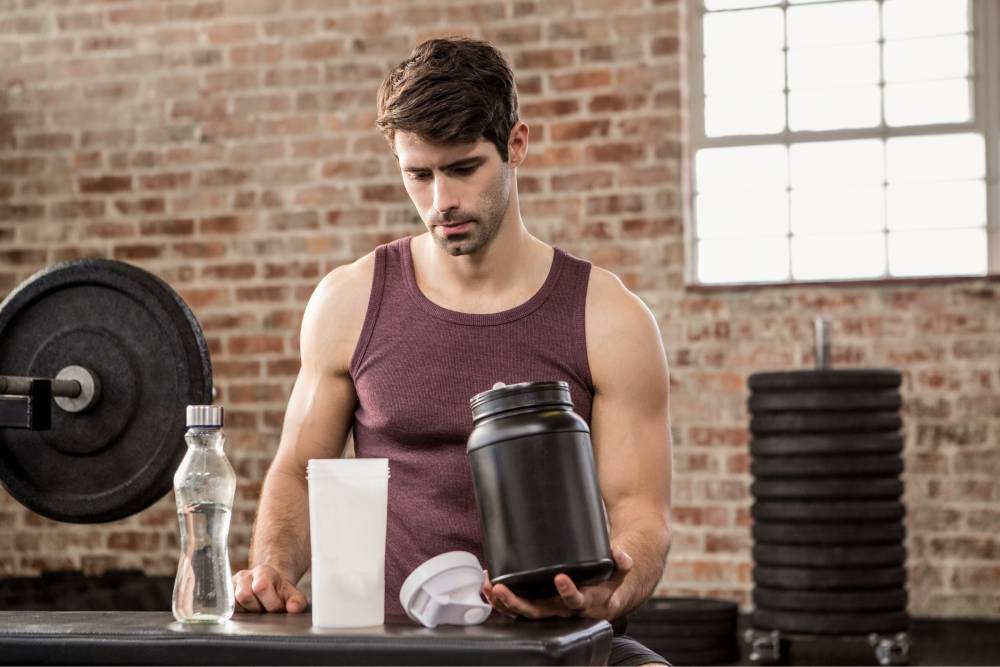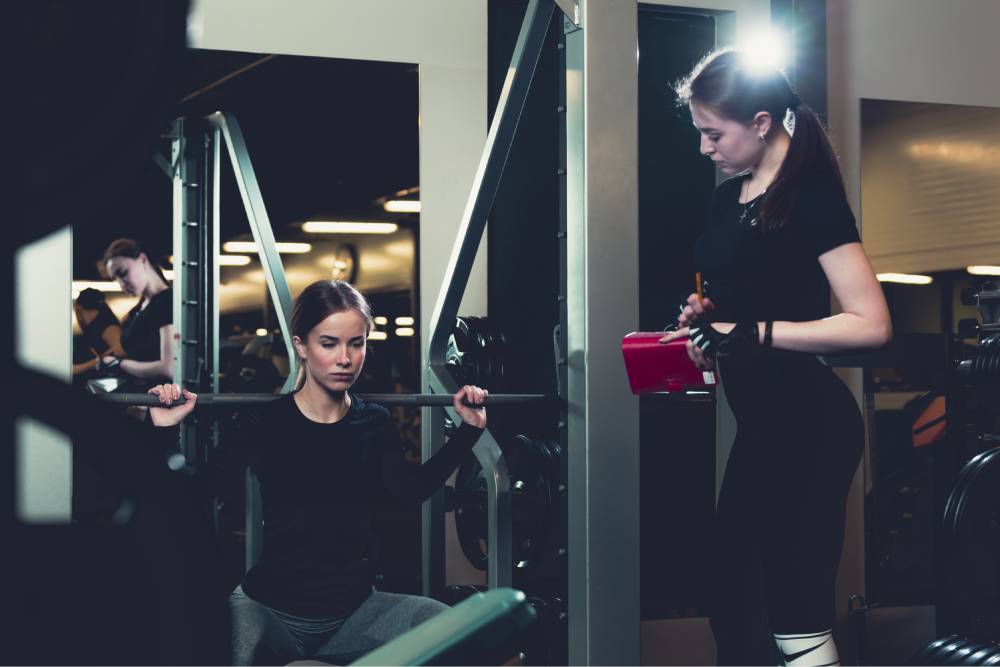Accessory exercises are an integral part of strength training that focuses on targeting weak points, improving imbalances, and enhancing overall performance. While compound exercises like squats, deadlifts, and bench presses form the foundation of strength training, accessory exercises provide specific assistance and address individual muscle weaknesses. By incorporating these exercises into your training routine, you can target specific muscle groups, improve overall strength, and achieve a more balanced physique. Here’s a closer look at the importance of accessory exercises and some examples of effective ones:
Targeting Weak Points:
Everyone has areas in their strength training where they may have weaknesses or imbalances. These weak points can hinder progress and increase the risk of injury. Accessory exercises help identify and address these weak areas by targeting specific muscles and movement patterns. For example, if you struggle with the lockout portion of the bench press, incorporating tricep-focused exercises like triceps dips or close-grip bench presses can help strengthen that specific area.
Improved Overall Strength:
Accessory exercises allow you to focus on specific muscle groups that may not be adequately targeted by compound exercises alone. By strengthening these supporting muscles, you can enhance your overall strength and performance in compound lifts. For instance, performing exercises like Romanian deadlifts or glute bridges can target the hamstrings and glutes, which are crucial for improving your squat and deadlift performance.
Enhanced Muscle Balance and Symmetry:
Compound exercises predominantly work multiple muscle groups simultaneously. However, certain muscles within those groups may be stronger or more dominant, leading to muscle imbalances. Accessory exercises enable you to isolate and target specific muscles, allowing for better muscle balance and symmetry. For example, if you have imbalances between your quadriceps and hamstrings, including exercises like hamstring curls or lunges can help correct those imbalances.
Injury Prevention:
Addressing weak points and imbalances through accessory exercises is vital for injury prevention. When certain muscles are underdeveloped or weaker than others, it can place excessive stress on other muscles and joints, increasing the risk of injury. By strengthening these weaker areas, you can improve overall stability and reduce the likelihood of imbalances leading to injuries.
Specificity for Sports and Activities:
Accessory exercises can be tailored to meet the demands of specific sports or activities. They allow you to target muscles and movement patterns relevant to your chosen sport or activity. For instance, if you’re a runner, incorporating single-leg exercises like single-leg squats or step-ups can improve leg strength and stability, translating into improved running performance.
Examples of Effective Accessory Exercises:
Dumbbell or barbell lunges: Target the quadriceps, glutes, and hamstrings.
Pull-ups or lit pulldowns: Focus on the back muscles, specifically the latissimus Doris.
Shoulder press or lateral raises: Strengthen the deltoids and shoulder muscles.
Bicep curls or hammer curls: Isolate the biceps for improved arm strength.
Calf raises or calf raises with weight: Target the calf muscles for improved lower leg strength.
Planks or Russian twists: Engage the core muscles for enhanced stability and core strength.
When incorporating accessory exercises into your training routine, consider your individual goals and areas of weakness. Focus on exercises that specifically target those weaknesses while maintaining proper form and technique. It’s essential to gradually increase the intensity and volume of your accessory exercises over time, just like with compound exercises, to continue challenging your muscles and promoting progress.
Remember to prioritize proper warm-up, cool-down, and stretching to prevent injury and aid in recovery. Always consult with a qualified fitness professional or coach to ensure proper exercise selection and execution based on your individual needs and goals.
Incorporating accessory exercises into your strength training routine can make a significant difference in addressing weaknesses, improving overall strength, and preventing injuries. By targeting specific muscle groups and movement patterns, you can achieve a more balanced and well-rounded physique while maximizing your performance in compound lifts and other physical activities.




